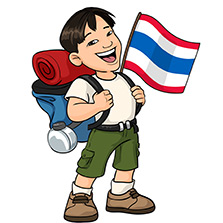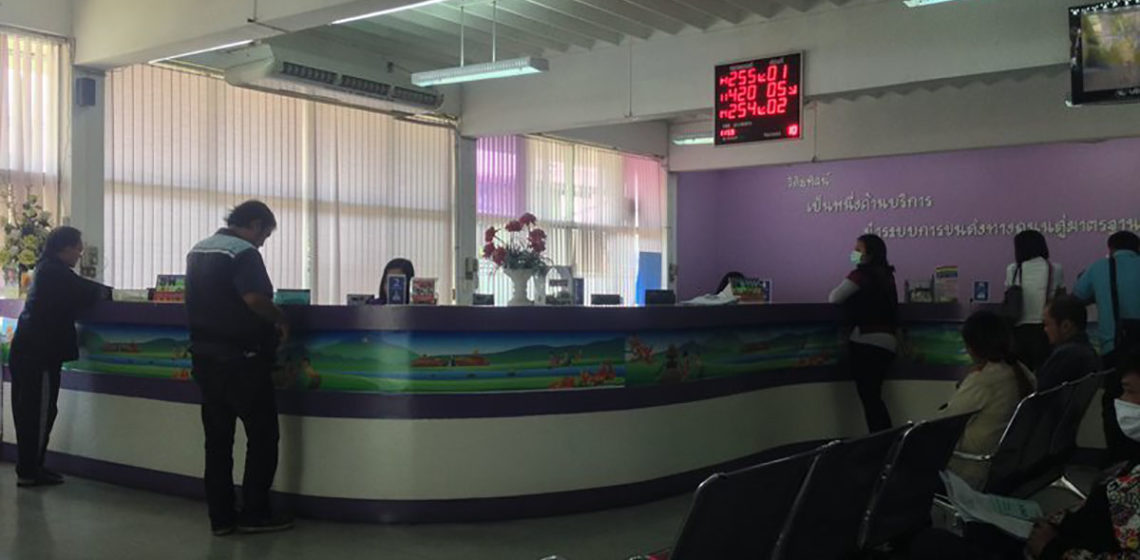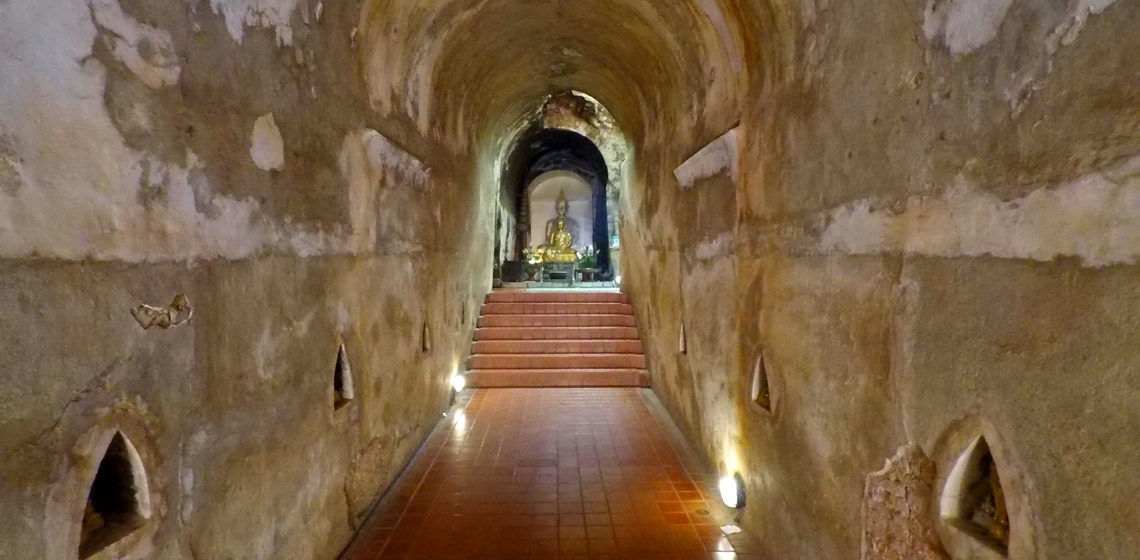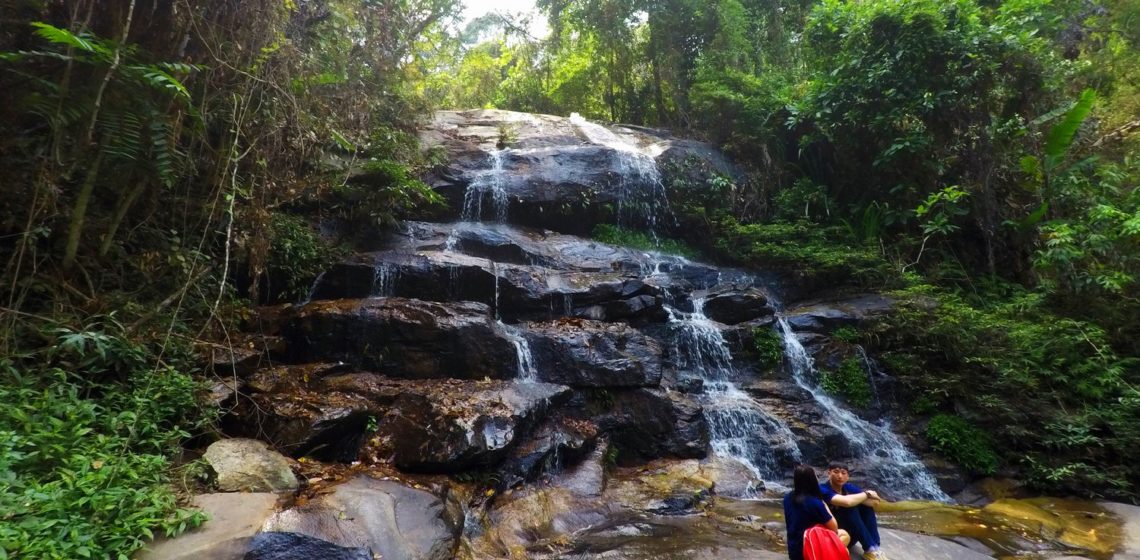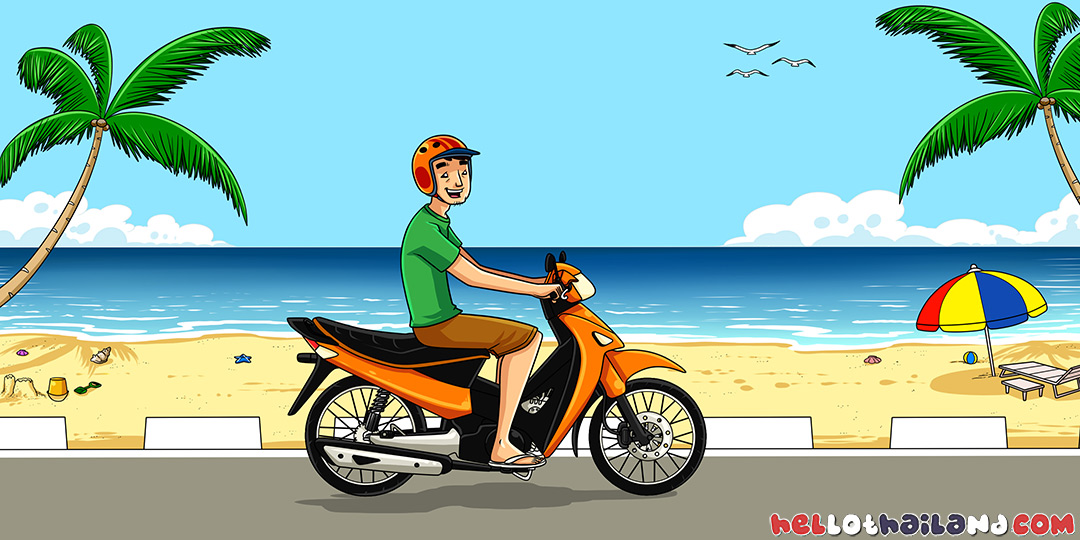
Driving in Thailand is often an exciting adventure that tourists want to take part when they visit the Land of Smiles. It is a great way to get around town. Not have to worry about being caught in traffic or trying to explain to taxi drivers where you want to go. However, many tourist do not realize is there is a lot of things you should be aware of. I thought I make this little guide on motorcycle driving tips in Thailand. Also would love to hear from anyone else that might have other ideas or thoughts of driving in The Land Of Smiles.
First Stage – Renting A Bike
Often you can just step out of your hotel, wonder the streets and find lots of places that rent bikes. However, if you have the time, try to research before your head out. Local Forums such as Thai Visa or even your hotel might be knowledgeable of good shops. Sometimes business owners try to take advantage of tourists and charge them extra fees or for damages that were there before. If this happens it can get messy and you might end up paying a lot more than you thought. If the staff seem unfriendly and you feel uncomfortable than just move on and find another, no one is forcing you to rent.
When you find a shop usually these steps are usually performed:
1. Sign Agreement – You agree on a price and the length of time you want to rent the bike. At this time you usually have to sign an agreement saying you are responsible for the bike such as damages and returning it on time. Usually, there is no problem in renting the bike longer just make sure that the shop knows you plan to do so.
2. Passport – It all depends on the city and the shop you go to as there are different rules at each place. Some shops will want to take your passport to make a photocopy that they will keep until you return the bike. However, some shops want your actual physical passport which is difficult for some tourists to want to agree to. I am not a big fan of handing my official passport to some random shop owner myself.
Places like Phuket for example are quite difficult in finding a shop that will bypass taking your physical passport. From my understanding in Phuket after talking to a few shop owners, they had a number of thefts and smashed bikes not returned mostly by Russian Tourists. They would damage the bike and skip town, in fact some places won’t even rent to Russian tourists because of this and the huge number of fake passports that are being created for that country.
3. Contact Information – Make sure you have the address of the shop, name of the employee that helped you and also the phone number. Having the information in English and the Thai language would also certainly make it easier. Another suggestion is to ask the shop staff if you have a problem if they will come to you. For example I rented a bike in Phuket once that ended up not starting at a remote beach. I called the friendly owner and she drove to the beach and gave me another bike while she got the other one repaired. That is the kind of service you want to make sure you have.
Worried About Your Passport Here Are Some Options:
A. Rent your bike from your hotel – sometimes a little more pricey but they already have your passport information on file anyway and probably your visa card as well.
B. Keep Searching – Find a shop that does not demand it, normally you will have to pay a deposit on the bike of a few thousand Baht so they know you are going to come back.
C. Find A Secure Shop – Find a shop that shows you a safe or where they keep the passports stored. If you feel comfortable giving it to them than that is your choice, just remember you are handing over your passport to a complete stranger in a foreign country that may or may not have good intentions. I honestly, believe for the most part the majority of people are not going to have any problems but you never know if you are the one in that small percentage.
Second Stage – Examine The Bike
You will want to look over the bike before you take it out on the road and here are some steps that you should keep in mind before you start driving in Thailand.
1. Take Photos – Use your camera and take several pictures of the motorbike before you take it out. You are doing this to protect yourself from a shop owner that says you damaged his bike and wants you to pay more money. With your photo evidence you can prove the bike was given to you in the state that it is in and even use it if you end up going to the police.
2. Make Sure Everything Works – Not all shops are doing regular maintenance check ups on their bikes. Check to make sure the lights work, brakes, check to see if the seat and gas tank opens easily. Check the treads on the tires to make sure they are not totally bald and even drive it around a bit close to the shop to see how it handles. If you are not happy with the state of the bike than ask for another or even go to another shop.
Bald tires are bad news in Thailand with dirt, rain and unfavorable roads you could end up in an accident from sliding off the road for instance. Also, bald tires the chances of getting a flat tire are highly increased and who wants to be in the middle of nowhere in a country where you do not speak the language with a flat tire. Finally, make sure you have some gas in the tank, at least enough to get you to gas station.
Third Stage – Driving In Thailand
So you are happy with your choice and are ready to jump on your scooter and explore Thailand but you should be aware that Thailand could be extremely different from driving in your own country.
1. Officially Thailand Has Driving Rules But Are Often Not Followed – If I transplanted the drivers from Thailand and placed them into my country and they continued to drive as they did in Thailand than the police of my home country would be working overtime giving out tickets. The first rule of driving in Thailand in my opinion is almost anything goes. You will see a lot of the following types of drivers below but I am sure there are even more examples that others can give.
What To Expect From Other Drivers:
- Driving on the wrong side of the road is common
- Vehicles passing other vehicles by using the oncoming lane when they are not allowed to do so.
- No signal warnings telling you that the person in front of you is turning
- Driving fast is very popular even driving super fast to get up to a red light a few meters ahead
- Checking Blind Spots is not common, people will often just flow into your lane without looking back to see if anyone is there.
- Tailgating is common where the vehicle is directly behind you even at high speeds, very dangerous if person being tailgated stops quickly.
- Motor scooters driving off the road to avoid traffic such as on sidewalks, parking lots, etc.
- Tourists that are driving motorbikes for the very first time are always a hazard
- People parking in the street blocking traffic and watch out for those opening of doors from vehicles
- Drivers often do not stop at all for pedestrians even at a crosswalk especially the ones with no warning lights
- Driving through red lights well after it turned red is common
- Driving motorbike with one hand as they carry something or text on their smartphone
These are not samples I see once in a while like I might be used to in my own country. All these samples I see multiple times every single time I drive my bike. I am not trying to scare you from driving in Thailand. I just want you to always be alert and expect the unexpected. Do not think even once that the drivers around you are following the same set of rules you are used to in your country. What I really want you to take away from all this is you got to be alert and look for possible dangers from every angle around you. You really do not want your trip to Thailand to be spent in the hospital or even worse, well you know.
Fourth Stage: Police Fines For Driving
In the more popular tourist cities you often find that the police will set up check points that will stop motorbike drivers both Foreign and Thai people to see if they are breaking any rules. Some rules you should be aware of are the following:
1. Driver’s License – By law you actually need a motorcycle license to drive in Thailand. It can be a Thai Motorbike License or an international license stating you know how to ride a motorbike. If you are only licensed to drive a car in your country than officially that will not work if you are stopped by the police.
If you are caught at a checkpoint they will ask to see your license and if you can’t produce a legit one than you will have to pay a fine. Usually 500 Baht or so that you will have to pay at the station. However, unlike perhaps your own country you can go to the station, pay the fine and jump on your bike and continue driving. At least until the next time you get caught at a checkpoint.
2. Motorbike Helmet – Again many locals will not wear a helmet when driving and you will often see tourists or long term expats doing the exact same thing. The thrill of driving in the beach cities with the wind flowing through you hair just might be too hard to resist. However, yet again this is an offense and if you get caught at a checkpoint once again you are going to get a fine. Then drag yourself down to the police station, pay the ticket and be on your way.
Check points are more common in the day time and often in areas where the tourists frequent. If you are keeping alert you might see it in the distance and can make steps to go another way to avoid it. I do not recommend trying to blow through a checkpoint so you do not have to pay a fine. It is a small price to pay and a small inconvenience to your trip. Of course having the required helmet, license and so forth is a much better idea.
I hope you enjoyed my motorcycle driving tips in Thailand and helps prepare you before you rent and drive a motorbike here in the Land of Smiles. Shops will rent to just about anyone even the tourist that has never driven a motorbike in their life. As I have already stressed but want to mention again. Always expect the unexpected while driving in Thailand and stay focused and alert. Thailand is a wonderful place to visit. The people, the culture, the places to see are all fantastic so if you must rent and drive a bike please be careful for your safety and the people around you.


